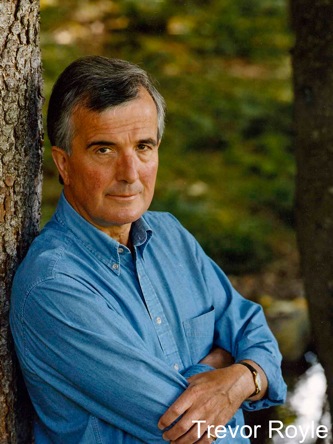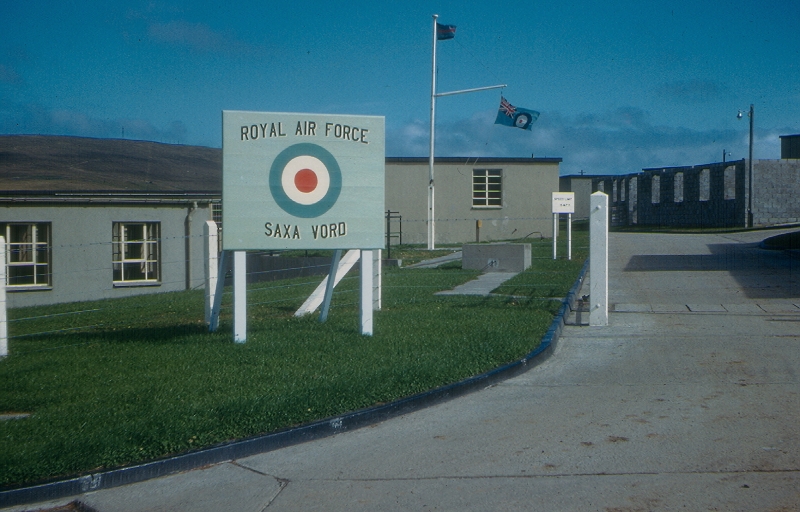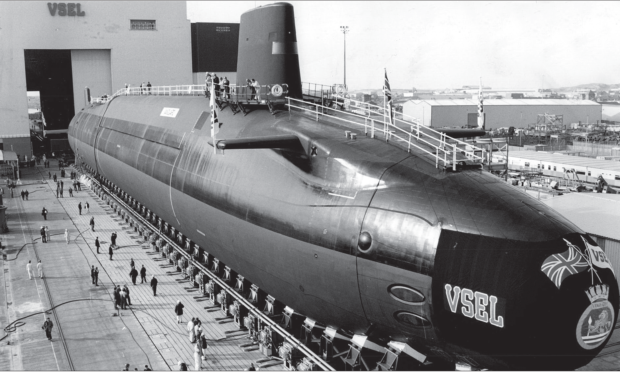During the Cold War that once appeared to threaten the world with destruction, a windswept radar station played a key role in keeping the UK safe.
The Royal Air Force station Saxa Vord opened in 1957 in Unst, on Scotland’s northernmost extremity and sits at the same latitude as Anchorage in Alaska.
It was a testing posting for RAF personnel, was highlighted as a potential target for bombing had foreign powers pressed the nuclear button.
And as historian Trevor Royle’s new book Facing the Bear reveals, played a key role in protecting the UK.
Mr Royle, a fellow of the Royal Society of Edinburgh, was a member of the Scottish Government’s advisory panel for commemorating the First World War.
His work highlighted how the threat of nuclear confrontation with the Soviet Union was an everyday reality for millions of people across the world – and especially those in Europe.
It explores Scotland’s involvement in the Cold War, which lasted from the end of the Second World War to the disintegration of the Eastern Bloc in the late 1980s and early 1990s.
Had Britain had come under attack, the first point of contact would have been at Saxa Vord, which was eventually mothballed in 2005, only to be reactivated in 2017 as an unmanned radar station to provide improved coverage of the airspace in the region.
It was hardly a dream posting for RAF staff, but it was vital as the station came into regular contact with ‘enemy’ bombers.
The station’s activities are described in Mr Royle’s book, which references much recently declassified official information.

He said: “It was never populated by more than 200 service personnel, but RAF Saxa Vord was one of the service’s most challenging postings.
“RAF figures claim that between 1957 and 1987 the station controlled 442 separate sorties, resulting in the interception of more than 800 Soviet bombers and reconnaissance aircraft.
“It was an integral part of the country’s defences in a period when Scotland was called upon to play a key role in NATO’s defence strategy.
“In the spring of 1989, just months before the collapse of the Warsaw Pact that presaged the end of the Cold War, Air Vice-Marshal David Brook, the senior RAF commander in Scotland, described Scotland as the ‘forward base’ in the UK.”

Two decades earlier, the men on Unst were fulfilling a vital, but dangerous role.
Mr Royle added: “This was recognised in 1972 when a secret government report, listing possible targets in the event of a nuclear war, revealed that Saxa Vord would probably be hit by a three-megaton bomb.
“It is a remarkable place. The former RAF station and its successor stands on the same latitude as Anchorage in Alaska and is further north than St Petersburg.
“From the hill above the Burra Firth, the visitor looks north across the grey waters of the Norwegian Sea and, ignoring Muckle Flugga and Out Stack, there is no other land mass before the Arctic polar cap and the North Pole.
“From that vantage, Saxa Vord is the end of all things.”
Facing the Bear will be published by Birlinn next month.
